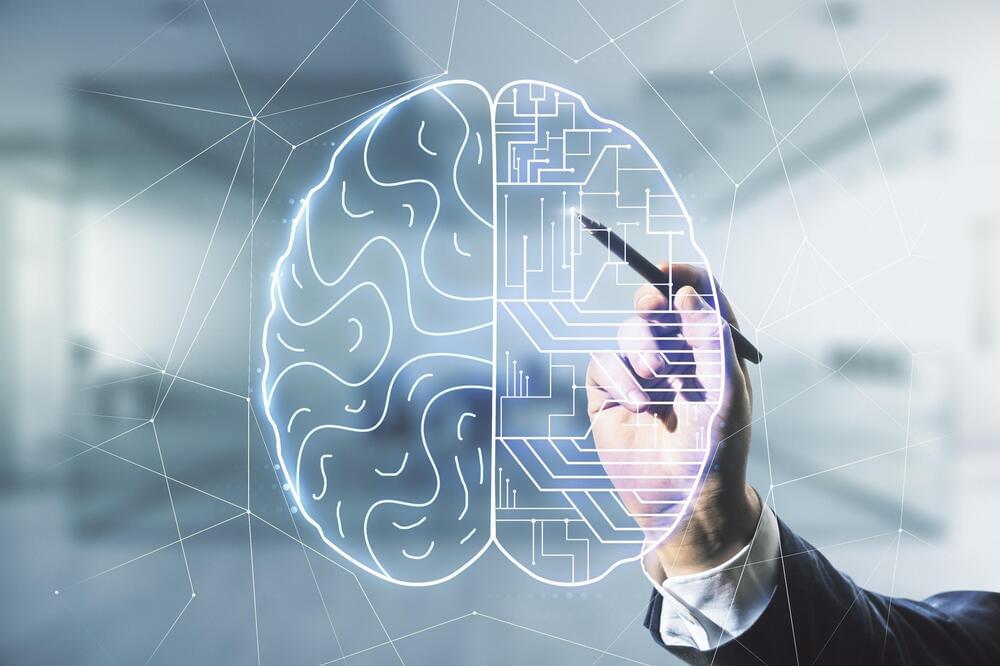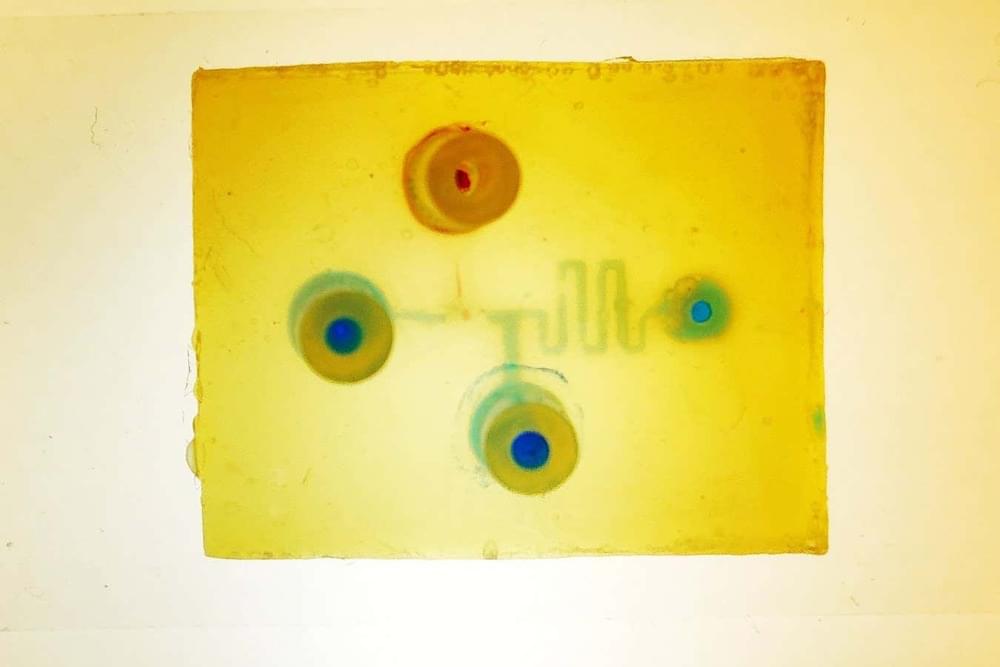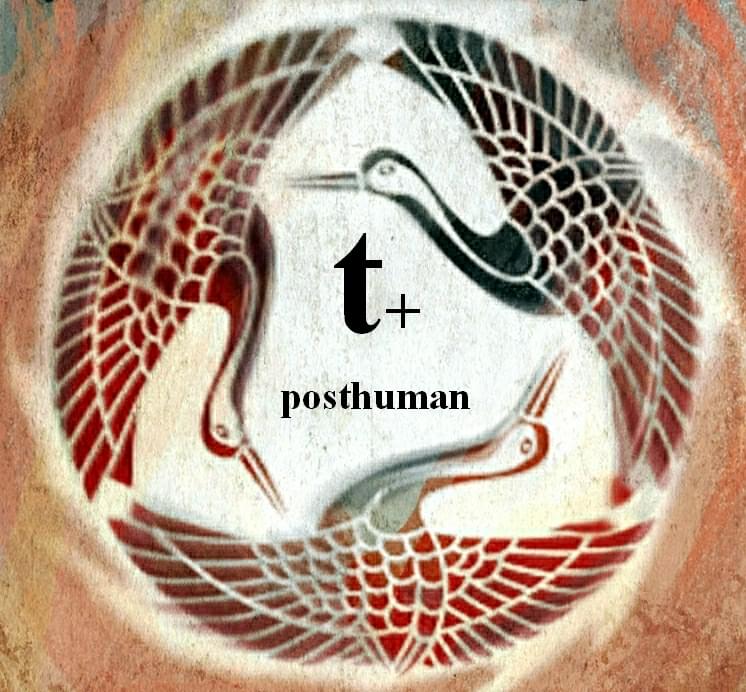From 2021
A new method called tensor holography could enable the creation of holograms for virtual reality, 3D printing, medical imaging, and more — and it can run on a smartphone.
YouTube.
PhD student from MIT’s Department of Electrical Engineering and Computer Science Liang Shi said people once believed that with the existing consumer-grade computer hardware, it’s impossible to do real-time 3D holograms. It’s going to take decades before it would be viable, but he figured out a way to cut that time.
Holographic image is not just made up in the movies, it’s being created as we speak. Shi’s team took a different approach from what was first developed in holograms, where laser beam would split, half the beam is used to illuminate the subject and the other half used as a reference for the light waves phase.







